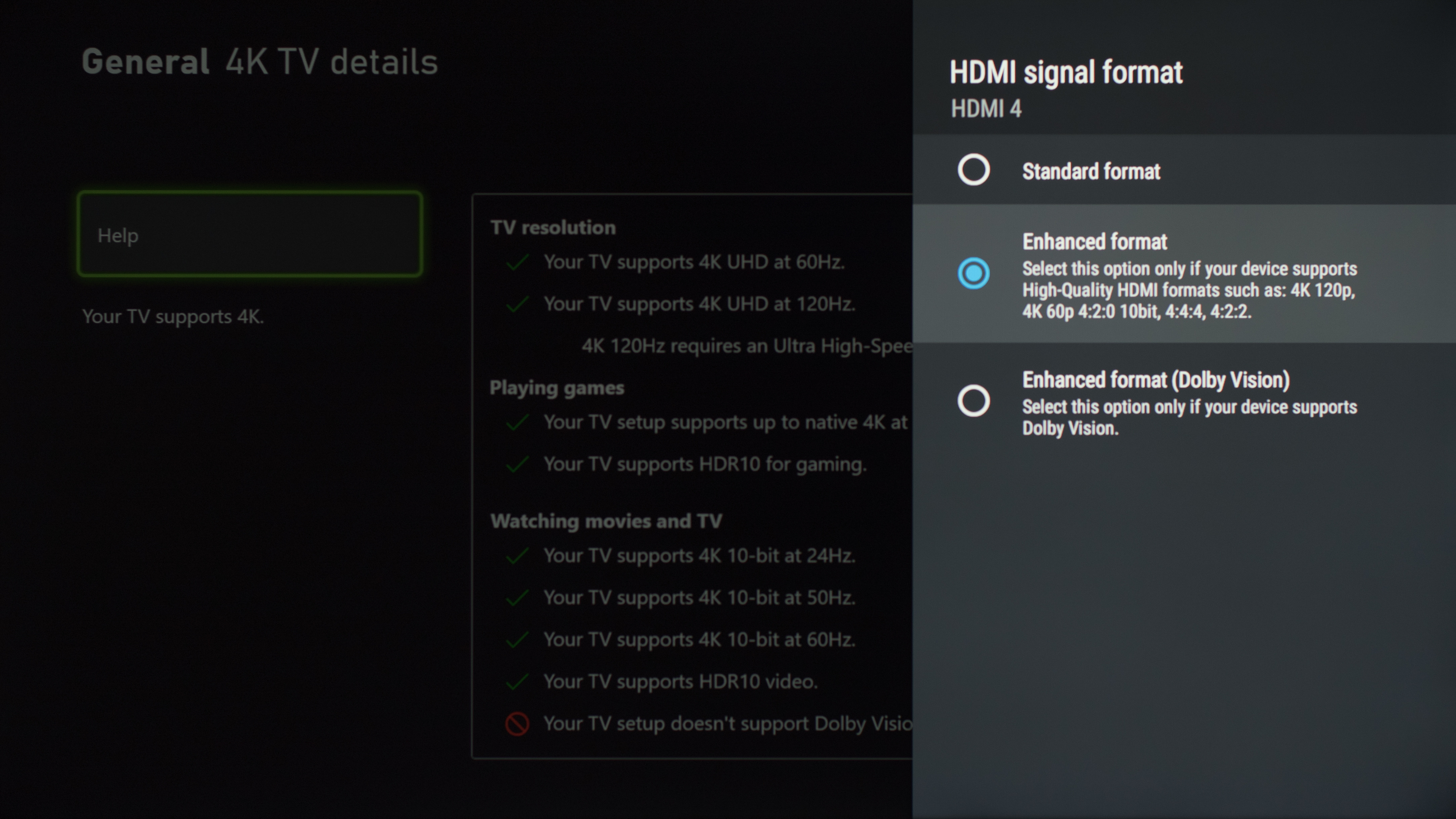Hi Everyone!
Good news! We are pleased to share that our team has identified a fix for the popping sound on Arc and it will be shipped to all customers as part of a software release today, Thursday Nov 16 at 09:30 ET, 14:30 GMT, 15:30 CET. Please note that some app stores may take an extra hour or two for it to become available.
During our investigation we uncovered a rare bug that impacts how Sonos Arc and Beam (Gen 2) in certain home theater configurations process Dolby MAT, a streaming technology which is used to deliver Dolby Atmos audio over HDMI. Occasionally a Sonos product will receive a corrupted audio segment from an external source and needs to filter out unwanted audio data. The bug we identified was allowing our Dolby decoder to play audible errors on certain home theater setups rather than concealing them. The solution we’ve built and tested improves our Dolby decoder so it better filters out corrupt audio data that can manifest as a popping sound. We’ll continue to monitor customer feedback closely after the fix has been released and ship additional updates if necessary.
We strive to deliver the best listening experience possible and work to address major issues that impact our customers. We apologize for the disruption this bug has caused and want to thank you for your patience while our team developed a fix.
We would also like to thank our community users for their detailed setup information and steps to reproduce the issue, which were helpful to us in uncovering the cause of the bug.





